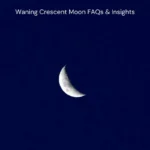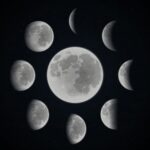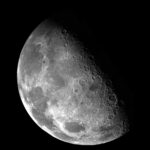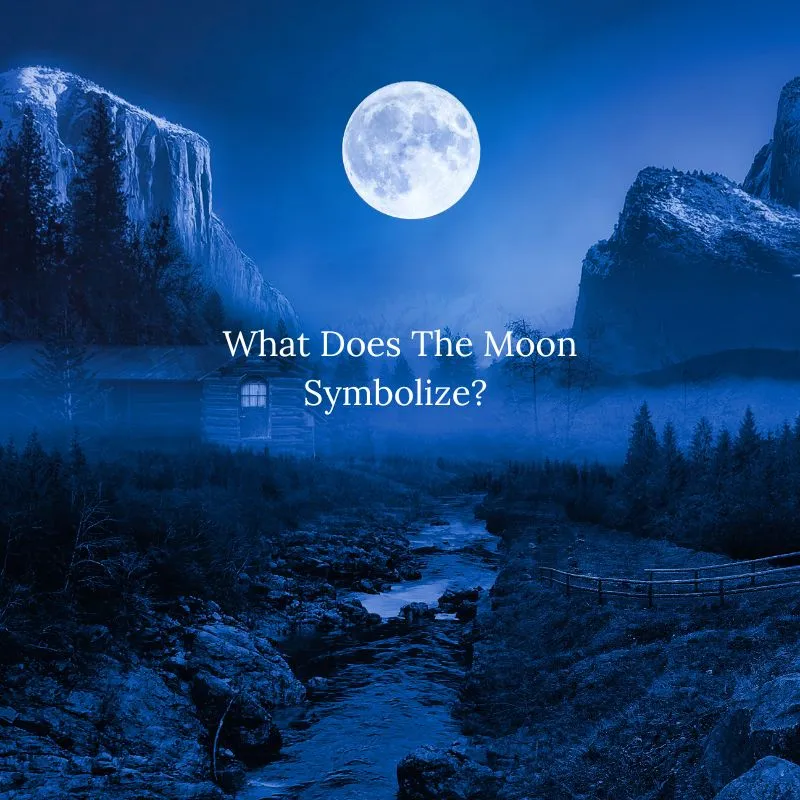
In the dark night, the moon shines light on all of us. Throughout the ages, the moon’s ethereal glow not only cast light on humanity but also holds deep and profound symbolism across different groups. So, what does the moon symbolize? As we go on this lunar exploration, we’ll unveil the deep secrets of the moon.
Join us as we interpret the moon’s cultural, mythological, and spiritual symbolism. Together, let’s learn how the moon’s symbolism influenced human activities and perception. Come join us in discovering the symbolism of the moon on femininity, life cycles, and the mysteries of life.
We will talk about the following in this article
- Meaning of the moon’s phases
- The Moon’s Spiritual Symbolism
- How does the moon influence us?
- And many more
The Moon and its Phases
As it revolves the Earth, the moon goes through various phases. We on Earth can see the different parts of its lighted side depending on its position concerning the Sun due to its orbital motion. In a month, the moon undergoes different phases similar to a person’s
New Moon
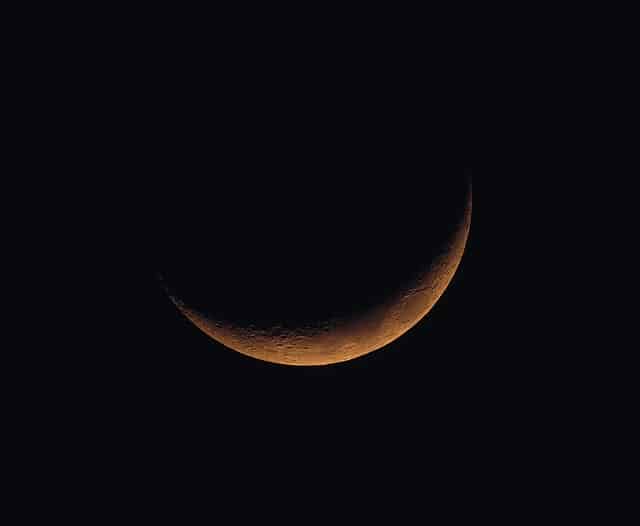
When the moon is in between the Sun and the Earth, a new moon happens. During this alignment, the moon casts its shadow on the Earth which results in the moon appearing very faintly. In the naked eye, the moon appears as a thin outline on the edge to the naked eye, giving the impression that it is extremely dark.
Although the moon is not entirely visible during a new moon, this phase is very vital in a lunar cycle. The new moon spiritual meaning refers to fresh new beginnings and rejuvenation. In many cultures, the new moon is a symbol of a blank canvas waiting to be painted with opportunities.
Waxing Crescent
As the moon’s light emerges from the dark new moon, the waxing crescent symbolizes growth and hope. Many people believe that the waxing crescent moon phase is a promise of the beginning of personal explorations and expeditions.
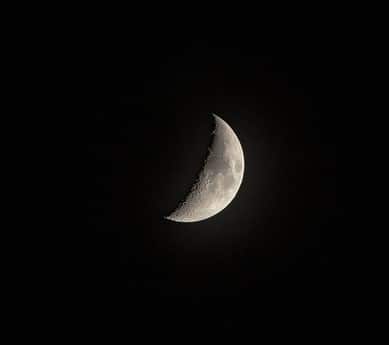
The thin emerging and evolving waxing crescent inspires us to embrace starting anew. It is like an encouragement from the heavens to trust life’s process and enjoy the waiting season. The waxing crescent’s light represents your time for positive growth.
Many people believe that this season is a time to make a plan for how to turn your goals into reality. So reflect on your past actions and make interventions and resolutions.
Half Moon
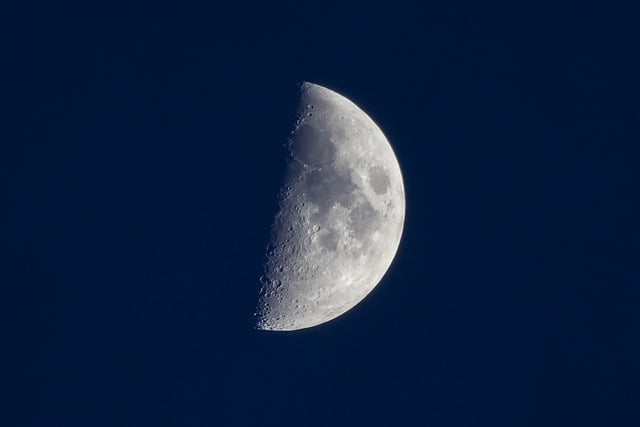
During the first or last quarter moon phase, only half of the moon is visible from space. This indicates that the moon has circled the Earth one-quarter of the way around. The alignment of the Sun, moon, and Earth forms a 90-degree angle, which illuminates half of the moon’s surface.
The first quarter phase of the moon symbolizes strength, duality, and re-evaluation. This moon phase reminds us to emerge into the light despite the darkness and shadows. The light and shadow of the half-moon represent duality and the peaceful coexistence of cosmic opposites. It shows us that there is balance amid life’s contrasts. Lastly, the half-moon is a time to assess your progress and contemplate whether you are making the right direction for your future.
Waxing Gibbous
Have you seen the phase of the moon that isn’t full but more than half? This phase is the waxing gibbous. Waxing gibbous indicates the moon’s increasing illumination, which signifies that the moon is almost at its brightest.
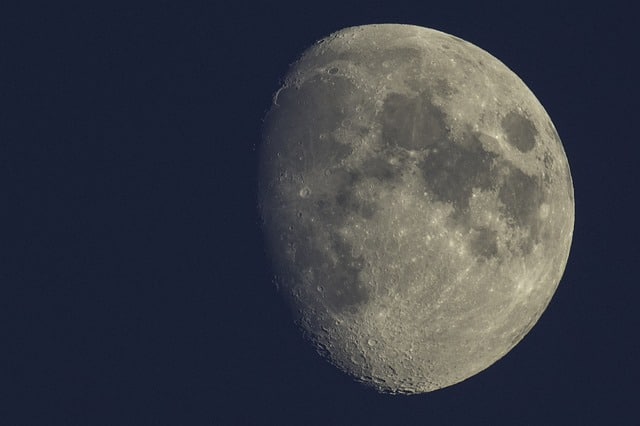
In the lunar cycle, the waxing gibbous is a time to build your momentum for reaching your goals in life. It is a time for growth, practice, and refinement. This phase also signifies that you are very close to reaching your goals. So, refine and cultivate your skills and commit to developing yourself. Ultimately, the waxing gibbous symbolizes the final steps toward success.
Full Moon
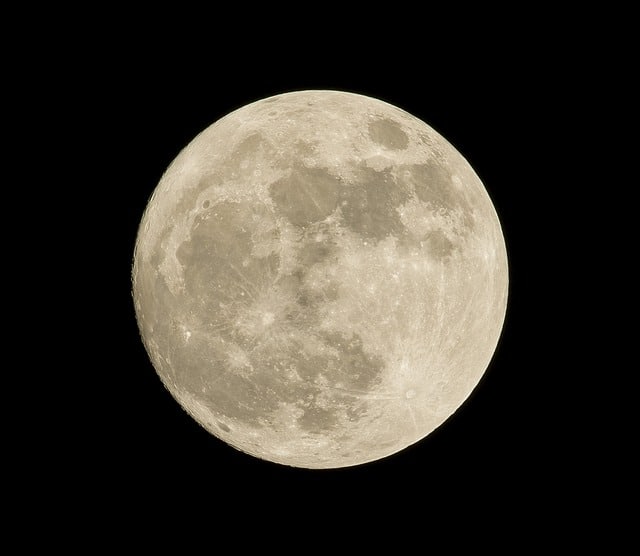
The full moon bathes the night sky with its radiant glow. It occurs when the moon and Sun’s placement is opposite each other, allowing its fully illuminated side to face the Earth.
The moon illuminating in its glory is a symbol of many things. First, it stands as a symbol of completion and success. The full moon is the peak of the lunar cycle, which serves as a metaphor for fulfilling one’s goals. It is a time to reap and enjoy the fruits of your labor. Second, the full moon represents clarity and enlightenment. The light of the full moon illuminates the night and directs us toward enlightenment and clarity.
Waning Gibbous
Similar to the waxing gibbous, waning gibbous is the moon’s phase where the moon appears more than half but not yet full. However, the waning season means that the light of the moon gets lesser and lesser until it’s completely gone.
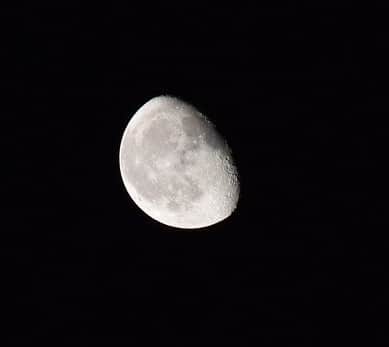
The waning gibbous moon phase is a time to reflect and be grateful for what you have right now. With the moon’s decreasing energy, it is also a time to reassess your progress and make plans and interventions for your next steps.
Waning Crescent
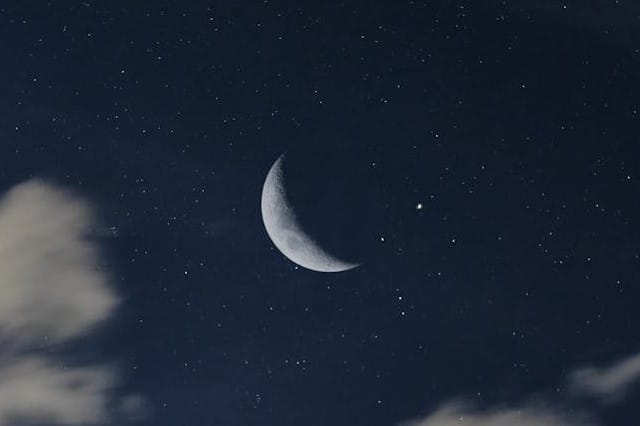
Before the new moon, the waning crescent occurs. During this phase, only a thin portion of the moon is visible to the Earth. As it is the last phase before the new moon, the waning crescent holds a significant interpretation that answers the question of what does the moon symbolize.
Waning crescent teaches us to let go of the things or people that do not serve us. This is the time for closing a chapter in preparation for a fresh new start.
Spiritual Symbolism of the Moon
What does the moon symbolize? Across different cultures, religions, and belief systems, the moon’s significance and symbolism may vary. Here are some of the few spiritual symbolisms of the moon.
Femininity
Many people worship the moon like they honor the divine goddesses from different cultures and religions. Throughout countless civilizations, mythologies, and belief systems, the connection between the moon and femininity goes beyond the superficial.
The first root that connects the two is the lunar phases and the menstrual cycle. A woman’s menstrual cycle averages approximately 28 days, somewhat similar to the lunar cycle’s 29.5 days. Additionally, the phases of the moon represent the different phases of a woman’s menstrual cycle.
The moon’s persona is the divine feminine or other lunar goddesses in different mythologies and religions. These female deities show attributes of fertility and maternal instincts. In Greek mythology, Selene, the moon goddess, embodies the moon’s ethereal glow in the night sky. She symbolizes the moon’s beauty and radiance. Another Greek deity is Hecate, the goddess of cycles, intuition, and secrets. Artemis, another Greek goddess, has a strong tie to the moon. She has a strong connection to the moon as they both embody feminine, maternal, and mysterious energy.
In Roman mythology, Diana is the goddess of the moon. Diana is the Roman counterpart of the Greek goddess Artemis. In Chinese Buddhism, Kuan Yin is a bodhisattva that embodies compassion and mercy for childbirth. Kuan Yin appears in a feminine form with multiple arms and eyes and provides maternal nurturing care for seafarers and travelers. Lastly, the Christian matriarch, the Virgin Mary, relates to the moon as they both show qualities of peace, perfection, and purity.
Life cycle
In a lunar cycle, the moon goes through different phases. This is one of the reasons why the moon is a symbol of cyclical growth and decline. The waxing and waning of the moon has been an important spiritual representation of the natural cycle of human life for centuries. Like the phases of the moon, people also go through a natural force that leads to transformation.
In many cultures, the moon’s transformation symbolizes the life cycle – birth, death, and rebirth. Around the world, different cultures have varied associations with this interpretation. For example, in Chinese culture, the moon’s cycles represent the changes in the seasons. The Native Americans associate the moon with natural changes including animal behavior. Hinduism believes that the lunar cycle is similar to the creation and destruction of life. Lastly, Japanese culture has moon-viewing festivals to celebrate the changing of the seasons and the passing of time.
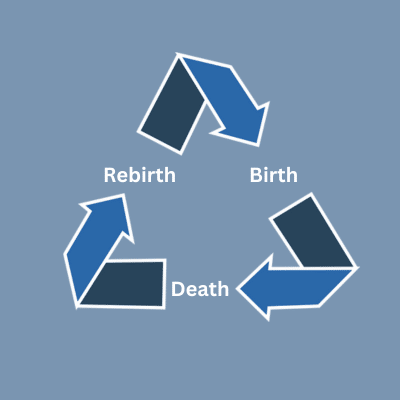
Mystery
What does the moon symbolize? Well, the lunar eclipses add an element of mystery to the moon. Lunar eclipses occur because the Earth casts its shadow on the moon. Many cultures and belief systems interpret the mysteries of lunar eclipses as important cultural events or premonitions.
At night, the moon is the brightest visible object. For ages, people are in awe of its ever-changing beauty. In ancient times, people associated the moon with sorcery, the supernatural, and the afterlife. Many civilizations believed that the moon was a deity that could influence how humans act and make decisions.
Enlightenment
What does the moon symbolize spiritually? The moon shines down on us and lights up the night. These reasons are enough to imply that the moon symbolizes enlightenment and illumination.
The moon’s light in the night sky symbolizes illumination into the shadows of ourselves. This includes our deepest secrets, inner feelings and thoughts, and desires. The moon’s gentle and subtle illumination represents the kind of insights and knowledge that come upon us.
Not only does the moon shine light on our feelings and thoughts, but it also leads to spiritual enlightenment. The moonlit night is a perfect time to soak in the moon’s energy and contemplate about your life. This allows you to improve and explore your spiritual connection.
Lunar Influences
The moon has various effects and impacts on the lives of humans. Various traditions and cultures, as well as science, recognize the influence of the moon. To give answers to the question: what does the moon represent, this section is for you.
In Astrology
So, what does the moon represent in Astrology? The moon is an important element in Astrology. In the Astrological birth chart, the moon represents the core of a person’s psyche. The placement of the moon at birth influences a person’s innermost self, including emotional needs and responses, behavioral patterns, and stress management.
In the end, the moon is one of the most vital elements in Astrology. Its influence on a person’s innate tendencies, feelings, and emotions helps define a person’s identity.
In Love
Does the moon influence how a person expresses or accepts love? What does the moon symbolize in romantic relationships?
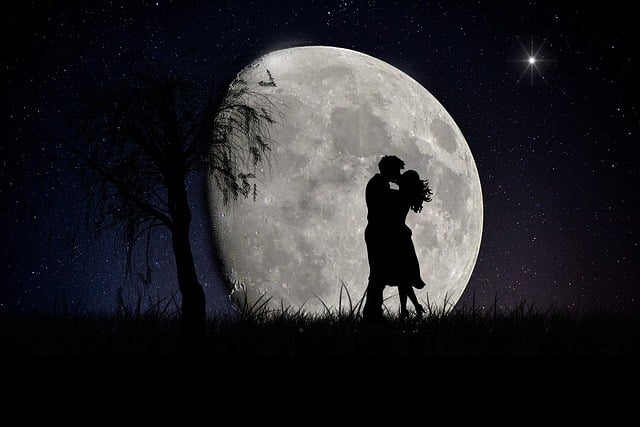
Traditionally, the moon symbolizes soft nurturing care. In terms of love and romance, the moon can influence the emotional security within relationships. The different phases of the moon can influence your compatibility with your partner. How does this work? Well, each moon phase represents a different theme and stage in a relationship. Of all the phases, the full moon is when the couple feels so much love and romance. Furthermore, a moonlit night is a perfect moment to go out on a date.
In Science
The moon revolves around the Earth in approximately 28 days. One effect of the revolution of the moon around the Earth is tides. The gravitational pull of the moon causes a strong gravitational force that creates bulges in the Earth’s oceans. Roughly every 24 hours, the moon causes Earth’s high and low tides.
Another effect of the moon to the Earth is the gravitational forces. The moon’s gravity influences the gravity of the entire planet. It stabilizes the Earth’s tilting which has implications on the different seasons and climates in different countries.
Conclusion
In conclusion, the moon is not a mere orb in the night sky. Across cultures throughout centuries, the moon is an important and powerful symbol of human life. The moon’s symbolism encompasses history, literature, culture, and even science. Truly, the moon’s presence in the night sky enthralls humanity.

